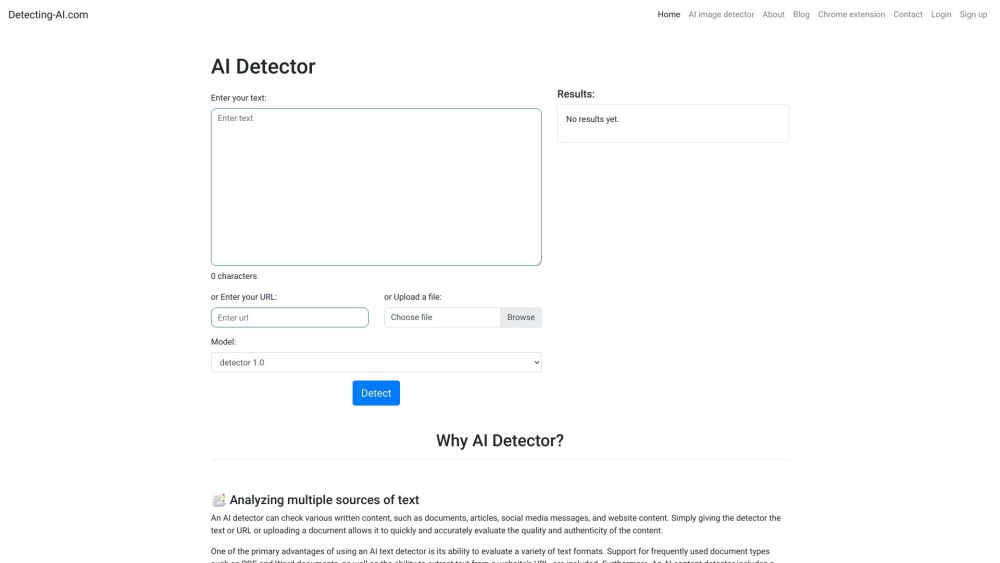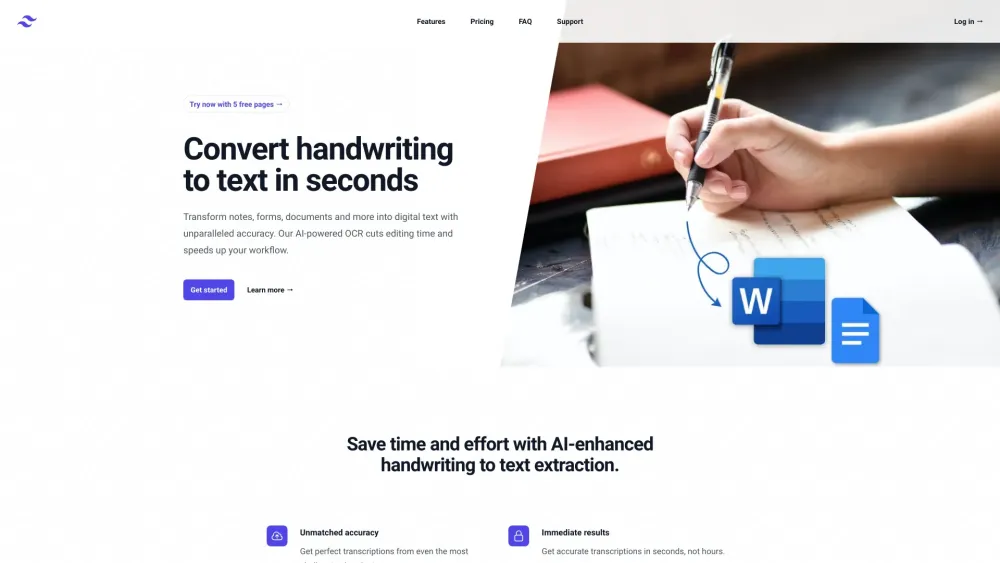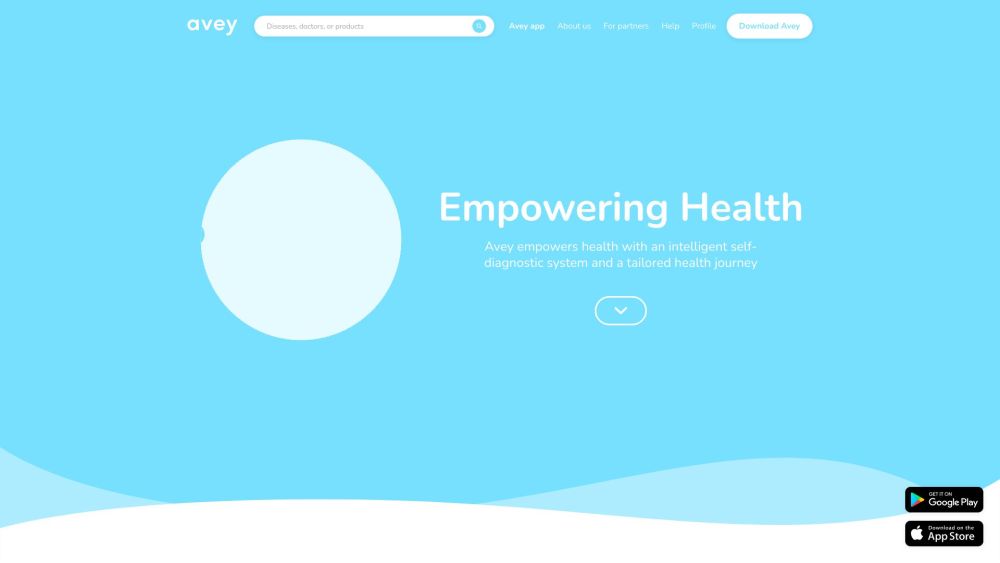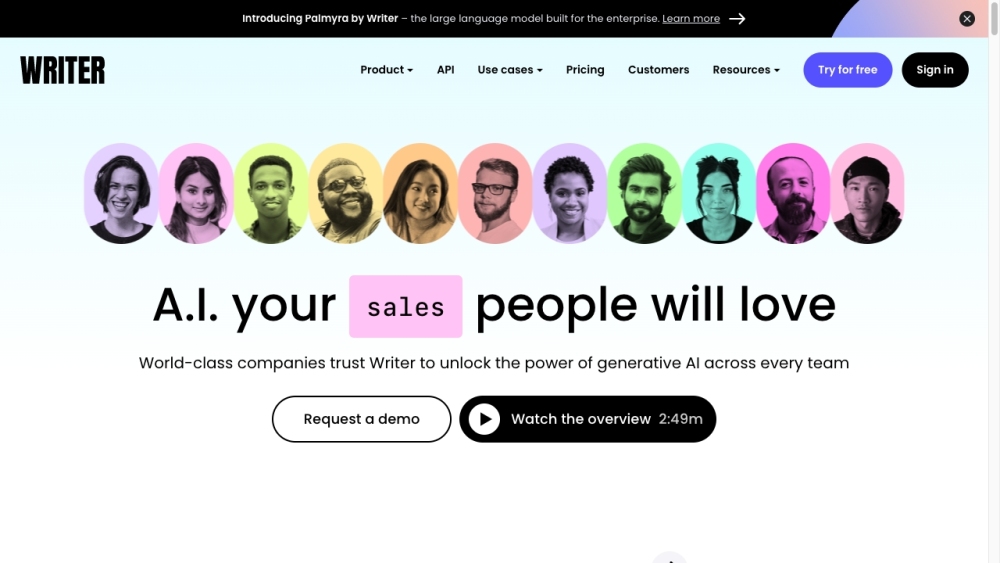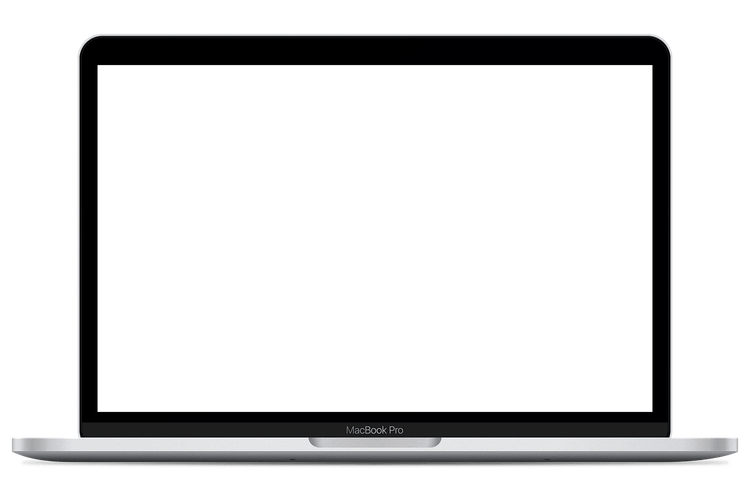Shutterstock is a cornerstone in the news media industry, serving as a go-to source for stock images alongside competitors such as Getty Images and Adobe Stock. Launched 20 years ago in New York City, it has attracted a diverse clientele, including multinational corporations that depend on high-quality visuals for marketing and web content. Shutterstock went public on the New York Stock Exchange in 2012.
With the rise of generative AI tools like Adobe Firefly 2, Midjourney, OpenAI’s DALL-E 3, and Stability AI’s Stable Diffusion, a pertinent question arises: What role will stock image services play in a landscape where users can create customized images on demand?
Shutterstock is responding to this evolution by unveiling AI-powered image editing features directly on its platform, utilizing OpenAI’s DALL-E 2. These new capabilities empower users—even those engaged in free trials—to modify stock photos by adding elements, altering colors, extending borders, and more. Users can also remove items, adjust aspect ratios, and overlay text and shapes for social media and video platforms.
“We’re allowing you to personalize stock images,” said Tiffany Gilron, Director of Product Marketing at Shutterstock. “Our library of 750 million assets essentially becomes infinite, enabling users to find exactly what they need.”
Key features include:
- Magic Brush: Modify images seamlessly by brushing over areas and describing desired edits.
- Variations: Generate alternative versions of any stock or AI-generated image.
- Expand Image: Zoom out on any image to uncover more of the scene.
- Smart Resize: Automatically adjust image dimensions to fit specific requirements.
- Background Remover: Change or eliminate backgrounds while preserving perfect subjects.
- AI Image Generator: Create high-quality visuals in seconds based on user descriptions, with outputs ready for licensing.
While these features are currently in beta and can take several seconds to generate edits, they aim to enhance user experience and creativity directly within the Shutterstock platform.
To access these tools, users can click the "Edit" button at the bottom right of any image in the Shutterstock library. This opens a virtual "dark room" for editing, where users can select features and input desired changes. Many tools are designed for one-click functionality, simplifying the editing process.
Shutterstock's innovation targets brands and publications, enabling users to customize images for digital or print use, ensuring alignment with brand aesthetics. "Even with 750 million assets, you might find something that’s almost right but not quite," Gilron explained, highlighting the need for image adjustments.
Shutterstock's integration of AI differs from competitors, as the new features focus on enhancing existing images rather than creating new ones. Users receive both the original and edited images, ensuring contributor compensation remains intact.
"We prioritize responsible, ethical AI," Gilron stated, especially as the industry grapples with legal challenges over AI training practices. Shutterstock does not accept AI-generated or altered content for licensing, reinforcing its commitment to protecting contributor rights and intellectual property.
Additionally, Shutterstock will not implement AI editing for editorial images to combat potential misinformation risks. As a member of the Content Authenticity Initiative, the company aims to uphold transparency by integrating standards that authenticate digital content.
On the news of these AI advancements, Shutterstock's stock saw a slight increase of less than 1%.
